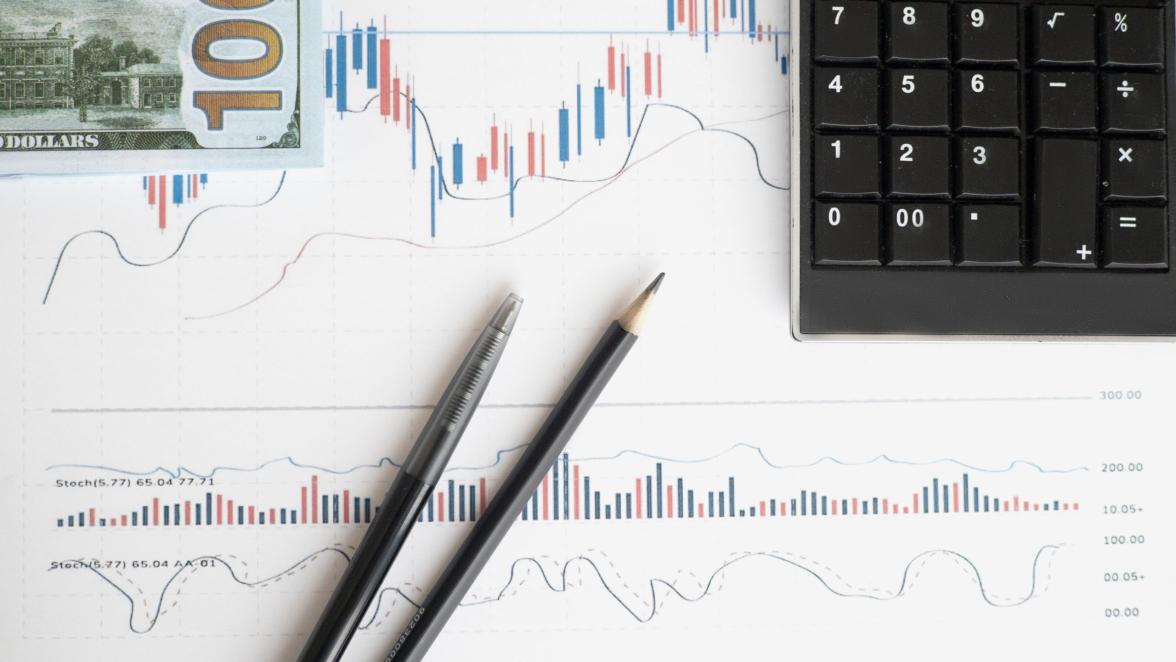With Russia’s invasion of Ukraine pushing commodity prices higher, snarling already strained global supply chains and weighing on sentiment – all while inflation sits at historically high levels and the Federal Reserve has begun to tighten monetary policy (see last week’s FOMC meeting where the Fed Funds Rate was raised 25 basis points and six more rate hikes were penciled in for 2022), many market observers are increasingly concerned that the US is on the precipice of a recession (typically defined as two consecutive quarters of economic contraction), with any and all of the headwinds noted above as potential catalysts for an end to our two-year-old expansion.
If there is one data point these prognosticators cite most from a point of concern, it is the very flat yield curve, or the spread between the yield on the US 10 Year Note and the yield on the US 2 Year Note, which has tightened to just 21bps (2.15% – 1.94%; see chart). The yield curve commands such attention as it has flattened and inverted (meaning, the yield on the 2 Year is higher than the yield on the 10 Year) prior to every recession of the past 30 years. Now, many economists don’t think the curve can actually “predict” a recession, but that it can – and does – reflect economic conditions and a flat to inverted curve has historically meant a weaker economy that is more prone to recession.
As to “how” the curve reflects these conditions, many would point to the banking system; more specifically, banks borrow short and lend long, and if there is little spread between short- and long-term rates there is little incentive for banks to lend (and likely little demand for their capital). While we agree with these points, we would also note the 10- and 2-Year is but one part of the curve, and another – and we think very important – part of the curve has not only not flattened, but has steepened, and that is the 10 Year Note – 3 Month Bill, where the spread between the two is near a five year high of 175bps (2.15% – 0.40%; see chart). If the past 30 years are any guide, both parts of the curve need to flatten and invert before we are at risk of recession. We are living in very challenging times; that said, we think the US economy can and will continue to power ahead.
The views expressed are those of Brinker Capital and are not intended as investment advice or recommendation. For informational purposes only. Brinker Capital Investments, LLC, a registered investment advisor. 0484-BCI-3/21/2022




























